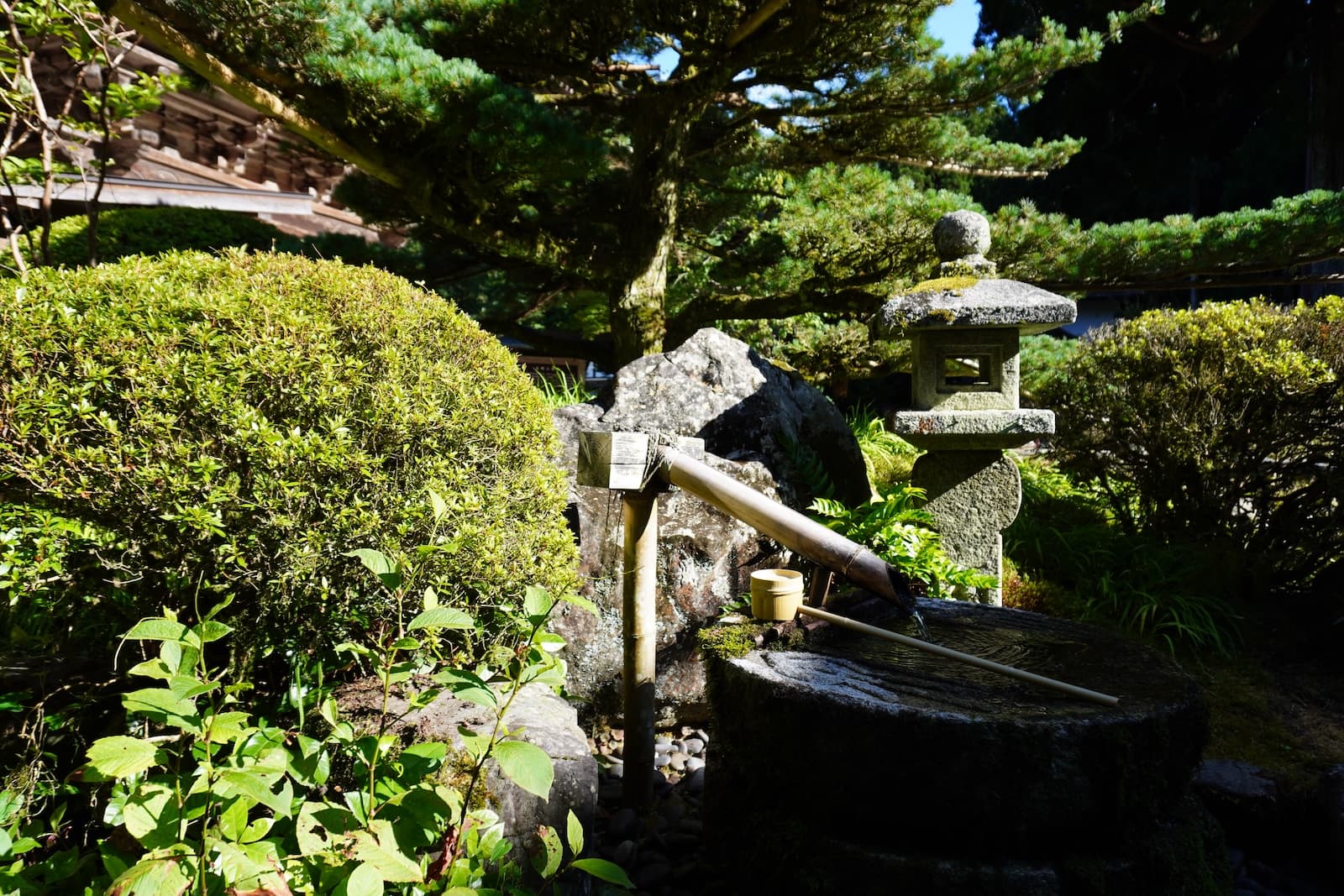The Mindful Garden: How Plants Bring Us Back to the Present

Mindfulness Through Gardening
Cherry blossoms, magnolias, camellias, rapeseed flowers, tulips—it’s the season when beautiful flowers can be seen all around. How are you spending the beginning of the new school or work year?
I’m reminded of a heartwarming moment the other day when a child pointed out some tiny wildflowers blooming by the roadside and said, “Look at these cute flowers!”
Nature has a way of healing us. Don’t you feel a little happier and lighter when you see flowers?
In fact, studies have shown that spending time surrounded by plants like flowers and greenery can reduce the secretion of stress hormones.
As I’ve introduced before on this blog, mindfulness—focusing your attention intentionally on the present moment and being aware of your thoughts and body without judgment—is a perfect match with gardening.
Why not take a moment to focus on the scents, the sunlight, and the sound of the wind as you interact with plants, and experience a sense of mindfulness?
What Is Mindfulness?
Mindfulness is defined as “intentionally bringing your attention to the experience of the present moment, observing it without judgment and with openness.”
For example, at the beginning of a new school or work year, we might recall how we introduced ourselves and regret the way we spoke, or worry whether we’ll do well in a new environment. Without realizing it, our attention often drifts to the past or the future.
When our minds are filled with such thoughts, we lose sight of what’s happening right in front of us and become mentally absent.
However, when we learn to stay in a mindful state—focused on “this very moment”—we become less affected by negative emotions like anxiety and anger, and are better able to maintain a calm and peaceful mind.
By understanding what it means to be mindful and cultivating the heart to accept it, we can begin to practice mindfulness anytime, anywhere, and in whatever we are doing.
Benefits of Mindfulness
When we are able to stay in a mindful state, it brings a variety of positive effects:
・Freedom from worries about things beyond our control
・Greater resilience to stress and anxiety
・Quicker emotional recovery
・Improved concentration
・The ability to observe our thoughts and emotions objectively
・Better balance in the autonomic nervous system
・Improved sleep quality, among others
Gardening That Lets You Immerse Yourself in “This Very Moment”
In the hustle and bustle of daily life—between work, housework, and childcare—it can be hard to find even a moment to pause and take a deep breath. When our minds are overwhelmed, it becomes harder to be kind to ourselves.
Gardening, such as growing flowers or herbs, is perfect for mindfulness because it allows us to fully immerse ourselves in caring for plants and focus on “this very moment.”
Every task involved in growing plants naturally draws our attention away from distractions and back to the here and now.
Sowing seeds, watching them sprout, grow stems and leaves, form buds, and finally bloom—this gradual process of growth brings joy and vitality to both our mind and body.
Touching the Soil (Touch)
There are many opportunities to come into contact with soil while gardening—digging with your hands or moving soil with a spade, for instance. When watering, we often check with our hands to see if the surface of the soil has dried.
There’s also a calming sensation when touching soft, fluffy soil, and this is actually linked to bacteria living within it. These bacteria are known to help increase serotonin, a neurotransmitter in the brain.
Serotonin, often referred to as the “happiness hormone,” helps to stabilize our mood. It is said that by touching soil or even breathing in its scent, we can naturally boost serotonin levels in the body.
Sensing the Fragrance of Flowers and Leaves (Smell)
Flowers release their scent to attract insects and birds to help with pollination—but we humans are also drawn to those fragrances. A pleasant floral aroma often makes us want to take a deep, relaxing breath.
Among our five senses, only smell connects directly to the limbic system in the brain, which controls emotions like joy, anger, sorrow, and pleasure. The signal reaches the brain in less than 0.2 seconds—an incredible speed.
This is why the scent of flowers, herbs, soil, or grass can instantly calm and soothe us. Take a moment to consciously notice the different scents that arise as you garden.
Listening to the Sounds of Nature (Hearing)
While gardening, you’ll naturally begin to hear the subtle sounds of nature—sounds that change with the seasons and weather. The gentle rustling of fresh greenery in the breeze, the soft sway of flowers, the patter of rain, or the lively buzz of cicadas in summer.
In autumn and winter, you might notice different natural sounds. Have you ever felt comforted by the sound of wind, rain, waves, or rustling leaves? This is known as “1/f fluctuation,” a balance between irregular and regular patterns that induces relaxation and mental calm.
The chirping of birds, the sound of watering your plants—try tuning in to these natural sounds present “in this very moment.”
Feeling the Light (Sight)
Gardening is usually done in sunny spots. How is the sunlight today?
After watering your plants in the early morning, you might observe how they glisten in the sunlight, looking fresh and content. The bright sunlight we experience while gardening also plays an important role in maintaining our health. It helps our bodies produce vitamin D, which is essential for strong bones.
Even on rainy days, plants often appear more vibrant and beautiful than usual. And even if you’re stuck indoors due to the weather, simply looking at plants can reduce stress hormones and help you relax.
Embrace Mindfulness Every Day Through Flowers and Greenery
In this post, we introduced the joy of gardening as a way to fully experience the essence of mindfulness.
As spring comes into full bloom, why not relax and connect with the beauty of flowers and greenery?
Every task in gardening brings your attention to “this very moment.”
Gardening allows us to practice mindfulness while nurturing plants—a peaceful activity that may offer calmness and well-being in our busy lives filled with housework, jobs, and parenting.
May you find more moments each day to be present and mindful, starting today.
Thank you for reading to the end.


